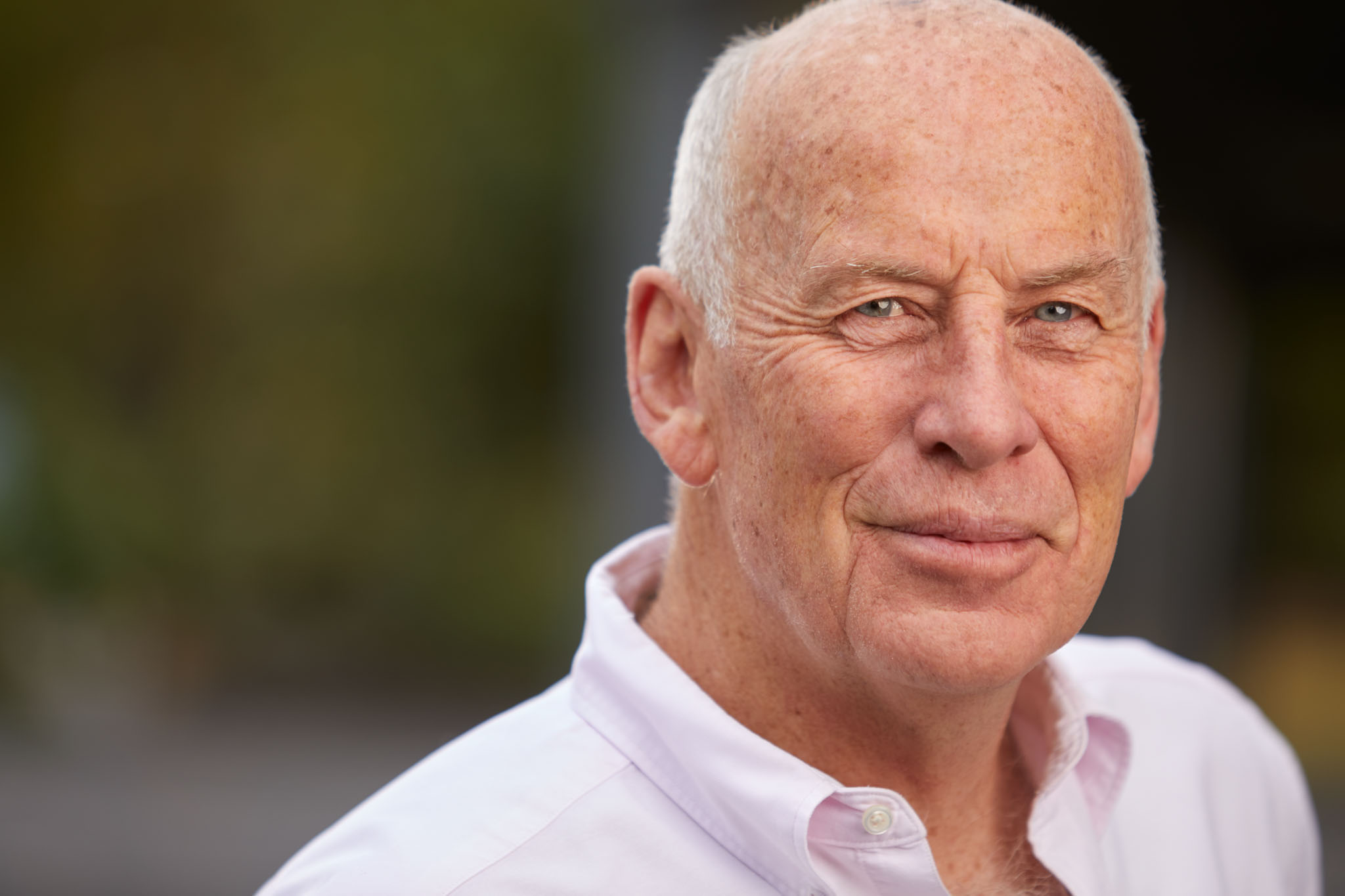How many times have you heard someone say “I don’t look good in photos” or “I’m not photogenic”? Maybe you have even said them yourself.
Could it be true that some people just simply don’t look good in photos? Is photogenicity (to force a word form) an inherent genetic trait or is it more like a skill that can be developed or is it a quality that can be brought out of anyone?
The etymology of the word is very interesting. It comes from the two Greek words “photo-” a combining form meaning “light” and “-genic” (literally: to give birth to) a combining form often corresponding to nouns ending in -gen or -geny, with the following senses: “producing or causing”; “produced or caused by”.
So “photogenic” means “producing or causing light” or literally “giving birth to light”.
But what does this have to do with “looking good in photos”?
To go a little deeper, it also happens to be the first words spoken by God in the creation story in the first chapter of the book of Genesis:
“And God said, Let there be light: and there was light.”Gen 1:3
The very first thing that God says in the bible is “Let the be light”, which uses exactly these two root words. (γενηθητω φως – genithito phos – give birth to light)
In the New Testament, Christ also describes himself as the “light of the world”. “I am the light of the world. Whoever follows me will never walk in darkness, but will have the light of life.”John 8:12.
So clearly, these first words are not referring to visible light, but inner light. Regardless of whether or not you believe in the teachings of the bible, it is an ancient book that has had immeasurable cultural significance and influence. The first words uttered by God emphasise the fundamental importance of the concepts of “becoming” and “light”.
So let us bring this back to photography. Photography is all about creating images with light, but here we are not talking about photons, we are talking about inner light.
All people have inner light.
Some people can bring this forth their own accord. These are the people that we would refer to as naturally photogenic. But, this is a very small proportion of the population. Why would so few people be naturally photogenic?
All children are photogenic. At some point however, there was an experience that interrupted that natural radiance of inner light.
Some well meaning mother or father said, “Come on, smile for the camera.” or “Come on now, why do you have to act so silly”. Rather than accepting the child’s natural expression for what it was and allowing or encouraging the natural behaviour of the child, the attempt to change the child’s expression starts a negative internal dialogue.
So as a result, over time, people begin to do all sorts of strange things when cameras are around. Some will do everything they can to avoid it, some will freeze up, some will go into their go-to pose, some will always pull certain face (think “duck lips”), some will go into an over exaggerated posture, some will pull the fake smile…
None of these look good.
We all know it.
People still do it.
So for most people it is the photographers role to bring that light out of their subject.
What a master portrait photographer does is to disrupt and redirect that internal dialogue, to reinforce a positive self image and encourage the subject to feel comfortable about themselves.
Finally, the photographer has to give their subject a reason to emanate a certain expression.
No one is going to give a genuine expression on demand. That’s why asking someone to “smile” or counting back “3, 2, 1” is the worst possible thing that a photographer could do. It is just going to trigger off that negative internal dialogue.
All people have natural expressions when they are going about their everyday life and make those expressions effortlessly in different situations. The photographer simply needs to access the feeling that will evoke the desired expression, to guide the subjects attention to something that will generate the expression naturally.
A masterly portrait should have beautiful light, a balanced composition, a flattering pose, but beyond all a deep connection and a genuine expression.
Of course all aspects of photography take years to master. It is just a matter of putting in the time and effort and getting expert feedback from mentors. With all of the facilities available today (YouTube, colleges, online learning etc.), this knowledge is freely available to anyone who is interested. But learning about lighting, composition, colour management, posing etc is just the starting point.
I see the future of portrait photography is as the facilitation of experience, a refined ability to evoke expression built on a foundation of technical excellence.



Leave A Comment